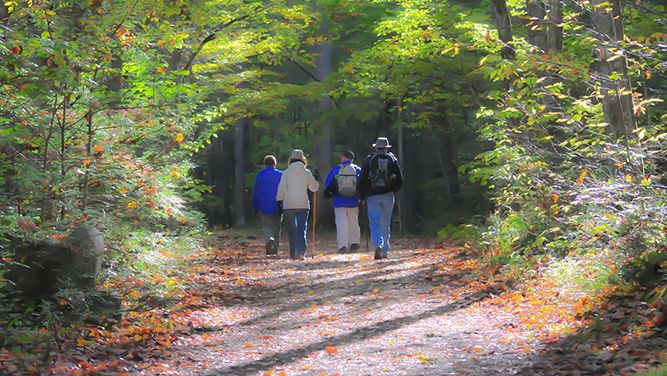BUFFALO, N.Y. — Why does snow matter? Is that a question that’s ever crossed your mind? It is more than fun for sledding, skiing, and snowballs. Brace yourselves for the answer, because there are big implications. From acting like an air conditioner for the Earth to helping communities have drinking water, snow is important.
There’s certainly a love-hate relationship with snow. It’s pretty, but can cause chaos. It’s fun, but it’s cold. To put it all into perspective is Walter Meier, a senior research scientist for the National Snow and Ice Data Center. He’s also the lead scientist for NASA’s Snow and Ice Data Center.
"There's just less ice and snow than there used to be," Meier said. "It varies a lot from year to year, but overall, there's a pretty strong downward trend."
Meier’s research has taken him to the Arctic. If you think what’s happening there isn’t impacting your winter, then guess again.
"The global climate is interconnected," Meier said. "You know, I've said, you know, what happens in the Arctic doesn't stay in the Arctic."
He says when there’s less snow and ice, the Arctic warms faster. In fact, Meier says it’s warming two to three times faster than the rest of the globe.
"The global sea level is rising, partly due to the loss of snow and ice, but it also potentially affects weather patterns," he explained.
Case in point — the extreme weather patterns we’ve seen. The extra water might seem helpful, but a snowpack is more helpful.
"Snowpack is a big factor in water resources," Meier continued.
Snow also reflects up to 90% of the sun’s energy.
"Land is reflecting only about maybe 30% of the sun's energy," Meier said. "So, 70% is going into the land, which heats the land."
That dries it up, which can lead to drought.
As we know, history repeats itself. This is where Elizabeth Thomas, an associate professor of geology at the University at Buffalo, comes in.
"These are sediment cores that we have collected from New York state for this research here locally," Thomas said as we walked into the core fridge at UB. "But then we also have sediment cores here from Greenland, places in Canada, Arctic, Alaska, and elsewhere."
Each core shares a different story of time.
"Here, you can see in this one, you can see there's sediment, and then there's little dark flecks," she pointed. "Those are tiny pieces of plants."
Those tiny flecks give Thomas and her team clues to past temperature and precipitation. Thomas says cores show the most recent warm period is today and goes back 12,000 to 14,000 years back.
"And there's another warm period, about 125,000 years ago, and another one about 200,000 years ago," Thomas explained.
Thomas’ current project is looking at how lake effect precipitation responded to rapid warming. She expects those results in a couple of years. They have learned from their study on the Arctic the jet stream moved after major ice sheets melted, which changed precipitation patterns.
This research will help understand the physics of the climate system to help predict the future.
"The idea being that we can help inform both these climate model projections that we're using to understand future change, but then also make sure that communities know how they can adapt to be more resilient in this changing climate," Thomas said.
Changes we are already seeing.
"Snow matters for the globe still matters for a lot of people and still matters for the animals and plants that live in snow-covered areas," Meier said.










